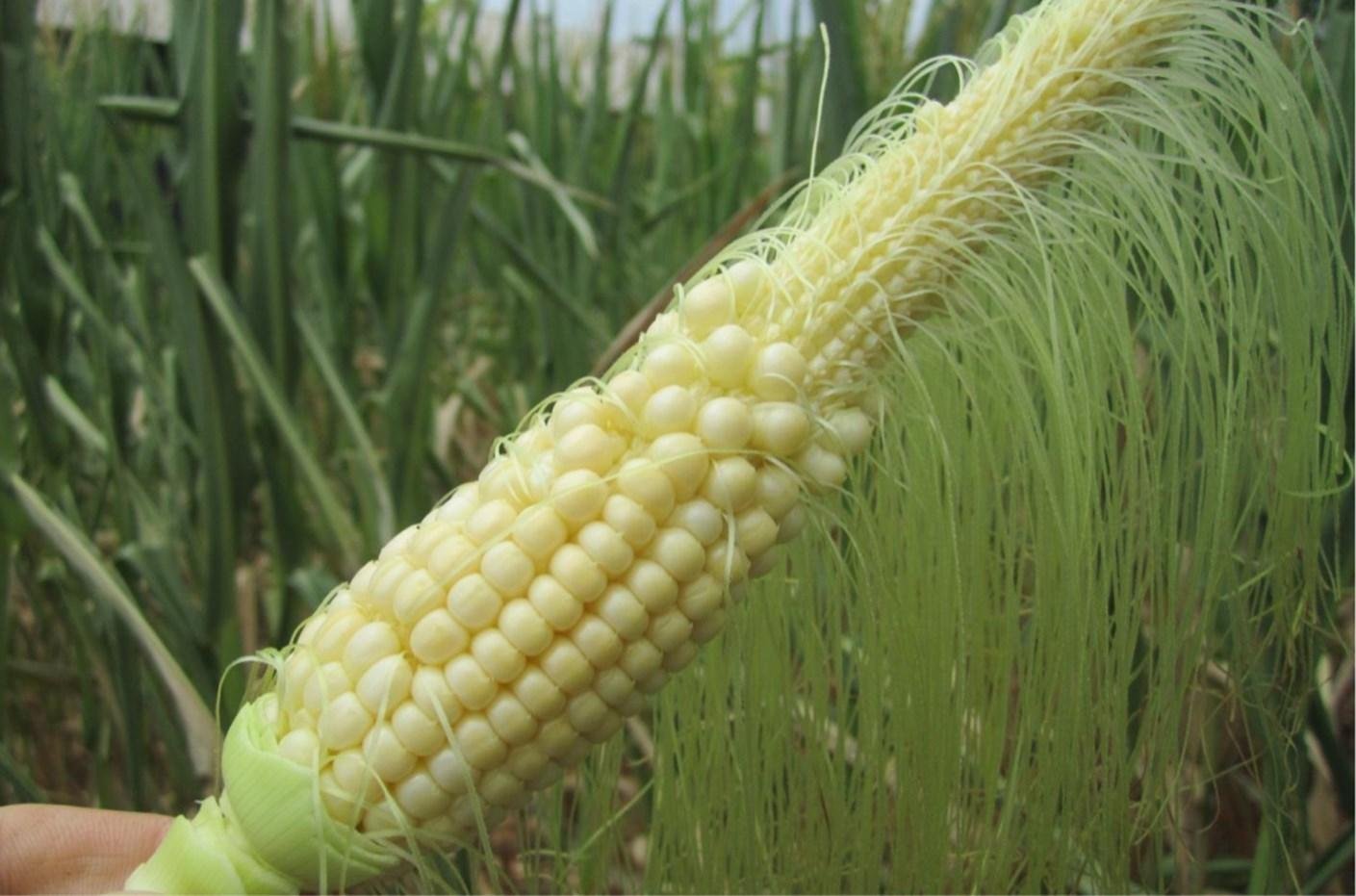For those farmers who have been dealing with ryegrass and have known problematic fields, it may be pertinent to start planning for ryegrass control with a fall residual herbicide application.
Read MoreThe corn leaf aphid, Rhopalosiphum maidis (Hemiptera: Aphididae), is a native insect and is present across the entire United States and in Canada.
Read MoreAll the combination of issues described above may have contributed to the bad conditions observed in this field. Thus, the yield from this field may be entirely lost
Read MorePre-harvest USDA estimates pegged Kentucky’s corn crop at 200 million bushels this year (28% below 2021) and it’s off to a similar, slow start. This week’s USDA report showed the progress of corn harvest at 10% complete statewide, which is about the same as this time last year, but about half the 5-year average (~20%).
Read MoreScouting reports across Kentucky have indicated that farmers need to be aware of potential lodging issues as corn harvest gets underway.
Read MoreWith such high nitrogen requirements, it is important that soybean plants produce enough root nodules to supply the majority the plants nitrogen needs. Environmental factors, including drought and soil temperatures at or above 90°F can significantly decrease the plants’ ability to produce root nodules.
Read MoreSymptoms of soybean leaves with interveinal chlorosis and interveinal necrosis have been observed in several fields across Kentucky recently.
Read MoreWheat production is higher for 2022.
Read MoreOne common consideration in 2022 for entomologists and Extension specialists is to hypothesize about the presence of the fall armyworm for this growing season.
Read MoreSOIL TESTING for the next crop is important this fall. The summer season’s drought, after spring wetness (with compaction issues), is causing lower, more variable, corn and soybean yields.
Read MoreAdult beetles are considered destructive pests of many ornamentals, turf, and landscape plants. In soybean fields, it has been observed feeding on leaf tissue between leaf veins; in many cases this feeding leaves a lace-like, skeletonized appearance.
Read MoreDespite most herbicide applications being concluded, there are scattered fields with weeds such as waterhemp and Palmer amaranth poking through the soybean canopy.
Read MorePreliminary reports indicate that this year’s corn silage crop in some locations across the state may have suffered from the lack of early rains during pollination resulting in spotty or lack of ear development and/or reduced plant growth.
Read MoreCorn in some fields in eastern Kentucky was flooded by recent torrential rain events. If soil temperatures are above 70 F, then corn will not survive if fully submerged for more than 24 hours.
Read MoreEven with recent rains, some corn was too damaged by droughts to produce adequate yields. Some drought-stressed corn can be salvaged as cattle feed. Here are some things to consider if harvesting drought-stressed corn.
Read MoreAs soybean fields in Kentucky approach the R3 (beginning pod) developmental stage, it generally is a time to consider an application of a foliar fungicide to protect against foliar diseases.
Read MoreIn a year that has had ups and downs for corn farmers, there is good news that corn disease pressure across the majority of the corn producing region of the state is very low.
Read MoreWith forecasts not showing much relief in the coming weeks it will be helpful to understand and be able to identify drought stress in a soybean crop.
Read More

















